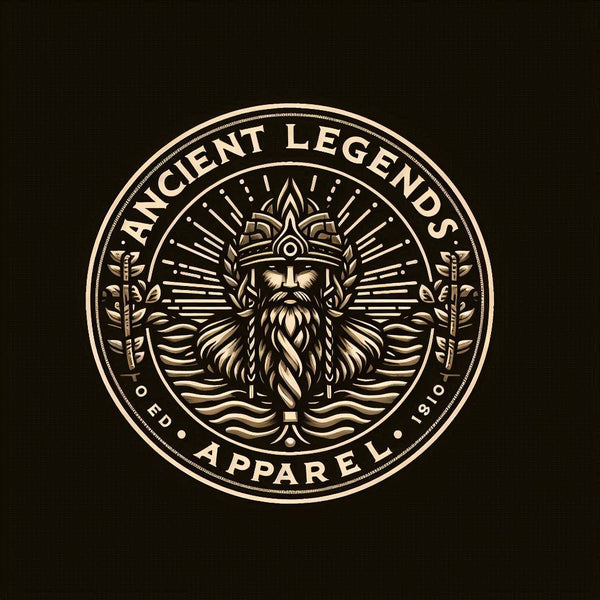Popular Culture References to Chinese Mythology
Karl FShare
INTRODUCTION
Ancient myths give us profound insights into a culture, reflecting the collective imagination, fears, ideals, and values of its people. They offer an evocative tapestry woven from words and symbols, metaphors and legends. Chinese mythology, dating back thousands of years, beautifully embodies this as it encompasses the belief systems, historical narratives and folk stories of the Chinese people. Over time, these tales have seeped into popular culture, inspiring works of literature, contemporary movies and television series. Their influence extends far beyond the borders of China, enriching the global tapestry of narratives.
ORIGIN AND CULTURAL CONTEXT
The origins of Chinese mythology can be traced back to ancient civilization itself, beginning with ancestral worship and later influenced by Taoism, Buddhism, and Confucianism. Mythologies were passed down through generations in the form of oral tradition, carvings and artwork, then later written in classic texts such as the "Shan Hai Jing" (Classic of Mountains and Seas), and the "Record of the Grand Historian". The mythology reveals the Chinese conception of the world — its cosmology, humanity's place within it, and the dynamics of power, morality and wisdom.
Chinese mythology is steeped in the dynamics of Yin and Yang, symbolizing opposing but complementary forces. Concepts of harmony and balance permeate the stories, with gods, heroes and mythical creatures often depicted battling the forces of chaos and adversity to restore order. Heaven, Earth, and Water play cardinal roles, with celestial beings and dragons featuring prominently, symbolic of divine rule and power.
THE LEGEND OR STORY
The legend of 'Nezha Conquers the Dragon King' is a prime example of Chinese mythology's rich tapestry. Nezha is a young deity, furnace-born and power-ridden, often depicted as a mischievous child-hero wielding fire-tipped spears. His birth was no ordinary one; he was impetuous even in his mother's womb, spending three and a half years there before emerging as a fully formed boy enveloped in a lotus flower. He soon became renowned for his unyielding spirit and unwavering bravery.
The tale of Nezha's defiance against the East Sea Dragon King is a captivating saga of clashing wills and cosmic powers. During a conflict over a gift of delicacies sent to the sea by Nezha's father, the Dragon King caused a devastating rainstorm in revenge. Nezha fought back, ultimately slaying the Dragon Prince and causing an uproar in the celestial court. Marking the perennial theme of balance, Nezha eventually makes peace after an intervention from the Jade Emperor, reestablishing harmony and order.
INTERPRETATIONS AND SYMBOLISM
The tale of Nezha is replete with symbolism, often interpreted as a narrative that underlines the struggle between individual will and overarching oppressive power. Nezha's youth represents the vivacity and potential of the human spirit. His conflicts with the Dragon King symbolize the continuous struggle against oppressive forces, while the intervention of the Jade Emperor signifies the ultimate need for compromise and reconciliation in the face of conflict.
Nezha’s weapons - the Fire-tipped Spear and the Universe Ring, signifying the forces of destruction and containment, respectively, embody the duality of Yang (active principle) and Yin (passive principle). These weapons underline the necessity of balanced action in all endeavors.
COMPARISONS IN OTHER CULTURES
The euphoria of youthful defiance beautifully captured in the story of Nezha can be seen mirrored in Greek mythology in the tale of Icarus, who defied his father’s sage advice and flew too close to the sun, suffering the fatal consequences of overreaching ambition.
Similar elements of child-hero narratives and symbols representing balance and duality can be found in Celtic, Hindu, and Maori mythology. Interestingly, the concept of powerful figures emerging from the womb fully formed appears in Greek mythology with Athena, the Greek goddess of wisdom and war, who emerged from Zeus’s forehead fully grown and armored.
MODERN REFERENCES AND POP CULTURE
Chinese mythology, despite its ancient roots, remains relevant in modern popular culture, infusing life into movies, comics, cartoons, and video games. Nezha, in particular, has taken the popular stage by storm. The 2019 animated film "Ne Zha" not only broke box office records in China, but it also became the highest-grossing non-English film worldwide, establishing Nezha as a global icon. Other references include the popular video game "Smite," where Nezha is a playable character and the Netflix series "The New Legends of Monkey," featuring him as a pivotal character.
LEGACY AND LASTING MYSTERIES
The enduring allure of Chinese mythology, encapsulated in engaging narratives and complex symbolism, offers a myriad of interpretations and applications. The legends are timeless, transcending millenniums to resonate with contemporary audiences, revealing the universality of human experiences across time and cultures. The struggle between chaos and harmony, embodied in Nezha’s tale, is endlessly mined for its rich material.
However, the long history and the extensive web of Chinese mythology continues to harbor mysteries. The nature and motives of certain gods, the origins and true powers of legendary beasts, and the deeper symbolic undertones of many narratives remain subjects of constant speculation and debate, making Chinese mythology an intriguing source of endless exploration and enjoyment.
